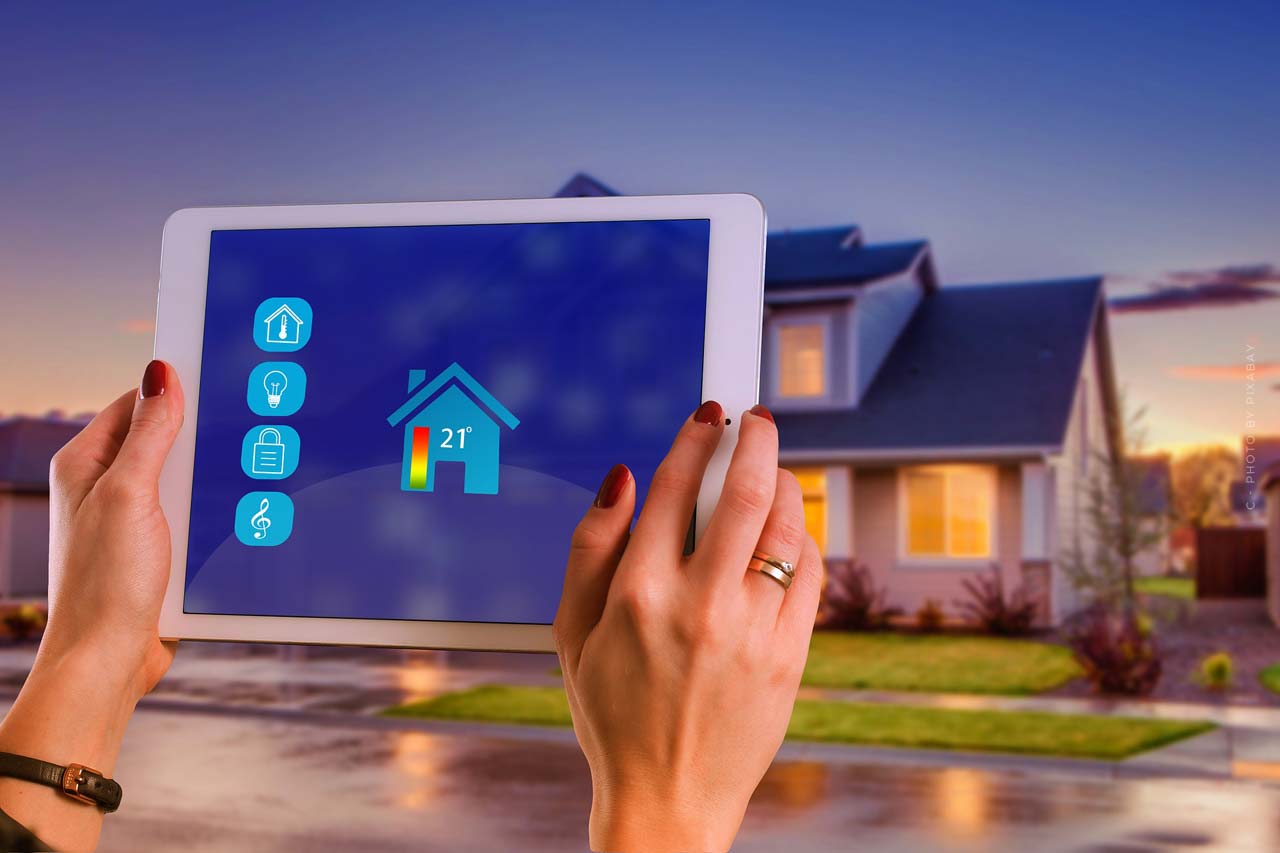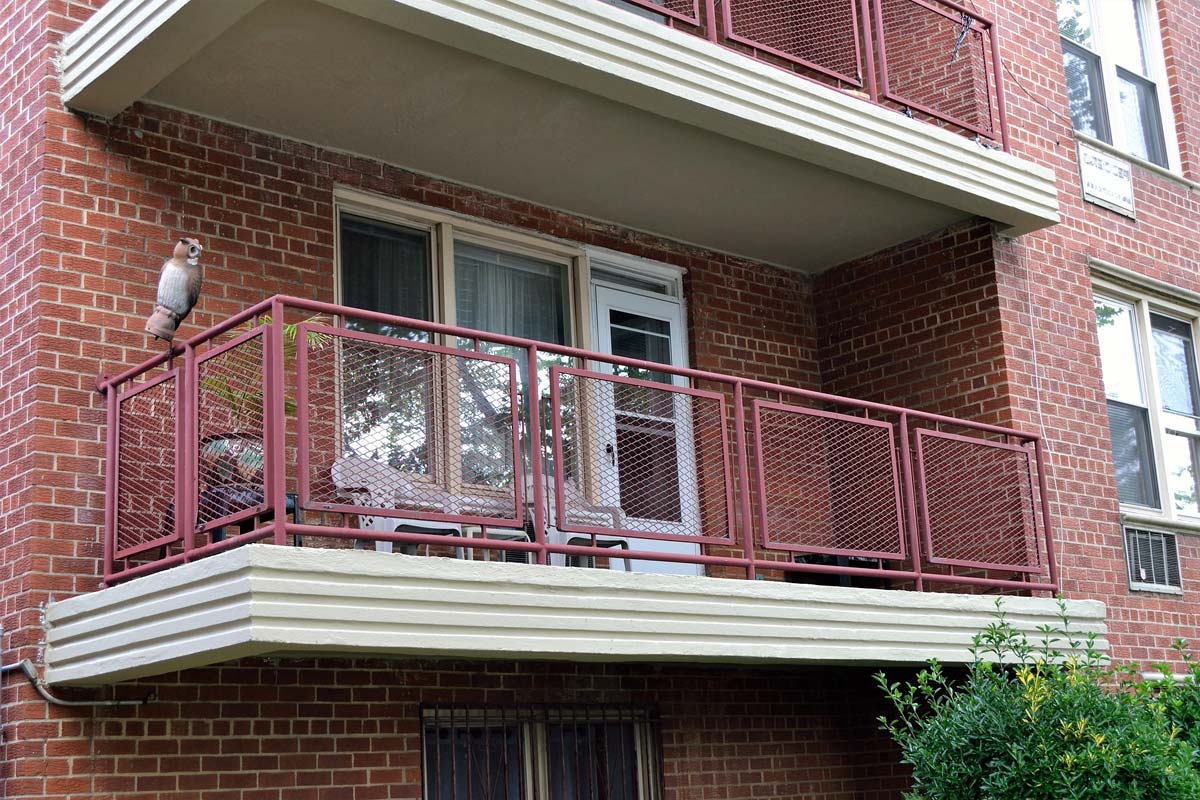The heat pump – heating with renewable energies
To heat your own four walls, there are now a variety of options. From the traditional methods with gas and oil to alternatives with renewable energy. One of the renewable energies that make heating possible is the heat pump. But what exactly does a heat pump do, how does it work and is it cheaper to buy than conventional heating systems?
Efficient heating with environmental energy – the heat pump makes it possible
The heat pump is one of the newest renewable energies that can be used to heat buildings. In addition to solar energy and the environmentally friendly alternatives with biogas and bio fuel oil, the heat pump offers a CO2-neutral option for builders and property owners.
Functionality – how the heat pump works
The heat pump uses the thermal energies already stored in the environment to convert them into usable heat for heating. The special thing about this technology is that nothing is burned here, as with wood, gas or oil heating systems, but a technical process converts the thermal energies into heat. The principle is the same as in a refrigerator. Thermal energy with low temperatures are to be raised to a higher level. With the heat pump it works only the other way round. The environmental heat can therefore not only be used in the heating system, but also to provide hot water for the household.
The energy sources of the heat pump – air, earth & water
The heat pump uses different energy sources to generate heat. The brine-to-water heat pump uses the earth as an energy source, the water-to-water heat pump uses the water as an energy source and the air-to-water heat pump uses the air as an energy source. Which heat pump is best for your property depends on a variety of factors, but especially on the location of the property.
The air-to-water heat pump – thermal energy from the air
The energy source air is the easiest to use by the heat pump. The heat pump works with a simple system that sucks in and blows out the air. For this purpose, the heat pump uses the outside air, which is always available and is therefore one of the renewable energies. But even if the heat pump works with outside air, it can be placed inside the house. It then uses ducts to draw in air from outside. But it is also possible to place the system outside the property. There is no need for ducts as the system directly uses the air that is in the surrounding area. However, it is important with a heat pump that works with air that it is always kept free of frost in winter. Since the system has to work with air temperatures below zero, it becomes increasingly difficult to convert the cold air into usable heat. The colder the air, the more difficult the conversion. To keep the efficiency of the heat pump as high as possible, regularly clear it of frost and make sure it is properly maintained.
The brine-to-water heat pump – Earth as an energy source
Thermal energy is also stored in the ground, which the brine-to-water heat pump uses to generate heat for heating. For this purpose, pipes are installed in the ground in which a mixture of water and antifreeze circulates. The liquid, also called brine, extracts heat from the earth and transports it to the heat pump, which feeds it into the heating system. Each metre of ground provides thermal energy of approximately 50 watts that the brine fluid can extract from it. For a normal building, an average of around 150 metres of depth is required, which can, however, be divided into several boreholes. Depending on the individual circumstances of the property, deep boreholes or shallow collectors can be installed. The deep boreholes go up to 100 metres deep into the ground and therefore require special permits and are also not permitted in every area. With this method, plastic pipes (probes) are then installed in the ground.
If this variant is technically or legally not possible, the variant of flat plate collectors can be used. Here, similar to underfloor heating, pipes are laid at a depth of 1.50 m, which can extract 25 watts per square metre. A modern single-family house needs about 350 square meters of pipes to provide heating. The big advantage over the air-water heat pump is that the heat can be extracted all year round without any loss. This fact increases the efficiency of the heat pump and thus reduces the electricity costs incurred.
The water-to-water heat pump – thermal energy in groundwater
Thermal energy can also be found in the groundwater, which can be used to generate heat. The water-to-water heat pump has a relatively simple mode of operation, as it has two wells that transport the groundwater to the water-to-water heat pump and back again. The wells must be installed in the direction of flow of the groundwater with a minimum distance to prevent the groundwater, which has already cooled down, from entering the heater again.
However, before installing a water-to-water heat pump, the groundwater must be tested. Good water quality is a prerequisite for installation, because chemical ingredients can put a great strain on the heat exchanger and thus limit efficiency enormously. In addition, the use of groundwater in a water-to-water heat pump is subject to approval and is not permitted everywhere. However, the thermal energy that can be used from groundwater is the most constant throughout the year, as the temperatures in the groundwater are not subject to large fluctuations. The water-to-water heat pump is one of the most effective variants of the heat pump.
The cost of a heat pump – installation, operation and energy source
The costs involved in installing a heat pump are generally divided into three areas. The cost of the energy source, i.e. the extraction of thermal energy from the air, earth or water, the cost of the system itself and the cost of operation and maintenance. Depending on which system is suitable for your property, the costs differ depending on the model and the system.
Costs for the extraction of environmental energy from air, earth or water
The choice of thermal energy from which the heat is to be extracted decisively determines the costs. An air-source heat pump, for example, requires hardly any additional technology, whereas with a brine heat pump, the drilling and additional materials must also be paid for. The cost of one metre of deep drilling is around 60 to 80 euros, while one square metre of surface collector costs 10 to 20 euros. The water heat pump also requires costs for the drilling, because the two wells must be laid to the groundwater and back. The costs here amount to about 5000-6000 euros for both wells. Depending upon condition of the environment and situation of the real estate the prices can deviate however also. An exact offer can only be made by a specialist.
Costs for the heat pump itself
The heat pump itself consists of the same components, regardless of the energy source itself, and can be combined with all three options. Depending on the size, installation costs range from 8000 to 12000 euros. However, the installation of a heat pump can be subsidised by various grants. Again, depending on the size required and individual circumstances of the location, prices may vary. For precise prices, request a quote from a specialist company.
Costs for the operation of the heat pump
All heat pumps operate electrically and require electricity to convert the thermal energy into heat. However, the level of these operating costs is highly variable. They depend on the selected energy source, the energy status of the property and the type of heat transfer to the various rooms. It is therefore not possible to give an exact price here and it must be calculated individually for each property.






